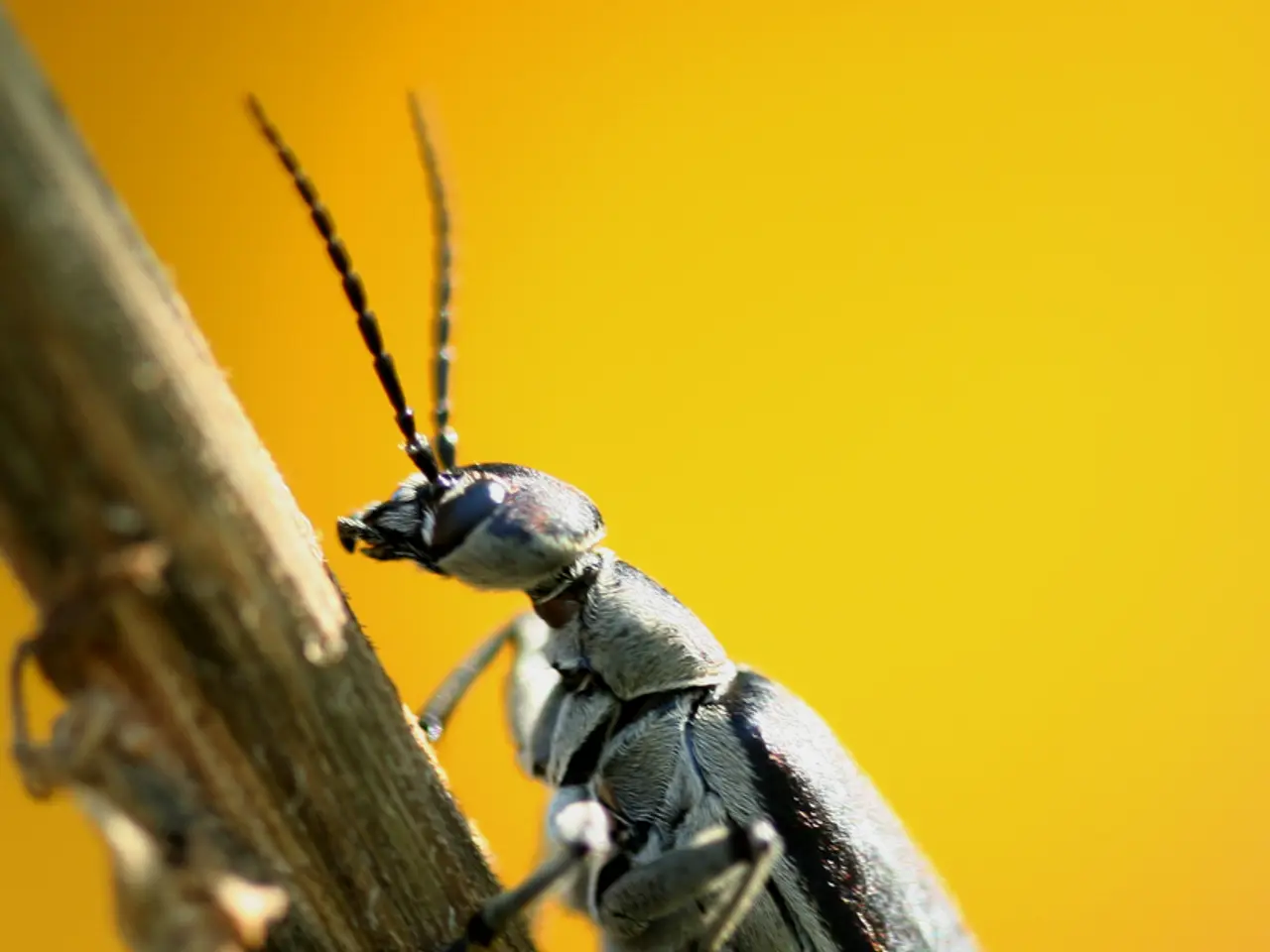Brown Hostas: Remedies to Revive Your Plant
In the lush and verdant gardens of many homeowners, hostas are a beloved addition, known for their striking foliage and hardy nature. However, these plants can sometimes succumb to browning, a concern that may leave garden enthusiasts puzzled. This article aims to provide insight into the identification and treatment of brown hostas, ensuring the continued health and beauty of these resilient plants across various growing conditions.
### Identifying Brown Hostas
Brown hosta leaves can be the result of environmental stress, pests, diseases, or improper care. Common causes include leaf scorch or sunburn from excessive direct sunlight, fungal diseases such as leaf spot or petiole and crown rot, pest damage, water stress, dead or dying leaves at the end of the growing season, and damage from deer, rabbits, and voles.
### Preventing Brown Spots on Hostas
To maintain healthy hostas, it's essential to provide them with the right environment. Hostas thrive in filtered or partial sunlight, rather than full sun, to prevent leaf scorch. Maintain consistent moisture by watering deeply but allowing the soil to dry between watering to avoid root rot, especially in succulents like African hostas, which require well-drained soil. Use well-draining soil amended with organic matter to improve moisture retention but prevent standing water. Mulching can help retain moisture and regulate soil temperature, but keep it away from the base of the plants to prevent fungal growth. Before planting, inspect hostas for signs of disease or pests and avoid planting symptomatic plants.
### Treating Brown Hostas
Regularly trim and remove dead or brown leaves to reduce disease risk and improve appearance. For caterpillars, a solution of 2 teaspoons Dawn dish soap mixed with water can be sprayed on the plants once daily for about a week to eliminate pests safely. For slugs, use slug baits, natural predators, or physical barriers. Prevent deer and rabbits by using appropriate repellents or fencing. When dealing with fungal diseases, remove and destroy infected leaves and plants. Fungicides labeled for ornamental plants can be applied to treat fungal diseases in hostas. Copper-based or sulfur-based fungicides work well for many hosta diseases.
### Special Considerations
African hosta (Drimiopsis maculata), a succulent that differs from traditional hostas, needs ample sunlight, good drainage, and infrequent watering to avoid brown rot and leaf loss.
By combining proper environmental management, vigilant pest and disease control, and routine maintenance, you can effectively prevent and treat browning in hosta plants, ensuring their vigor and aesthetic appeal in diverse growing conditions. Water sun-exposed hostas more frequently as they dry out faster. Damaged leaves won't turn green again but can be trimmed away to improve appearance. Fungicides labeled for ornamental plants can be applied to treat fungal diseases in hostas.
To guarantee the prosperity of your home-and-garden hostas, it's crucial to understand the factors that may cause browning, such as environmental stress, pests, diseases, or improper care. By providing them with the right environment, like filtered sunlight, consistent moisture, well-draining soil, and regular maintenance, you can prevent and treat brown spots on hostas effectively. This includes watering sun-exposed hostas more frequently to aid in moisture retention, trimming dead or brown leaves to reduce disease risk, using appropriate pest repellents or barriers, and applying fungicides labeled for ornamental plants to treat fungal diseases.




